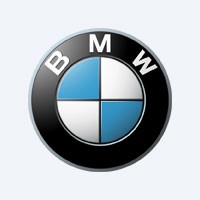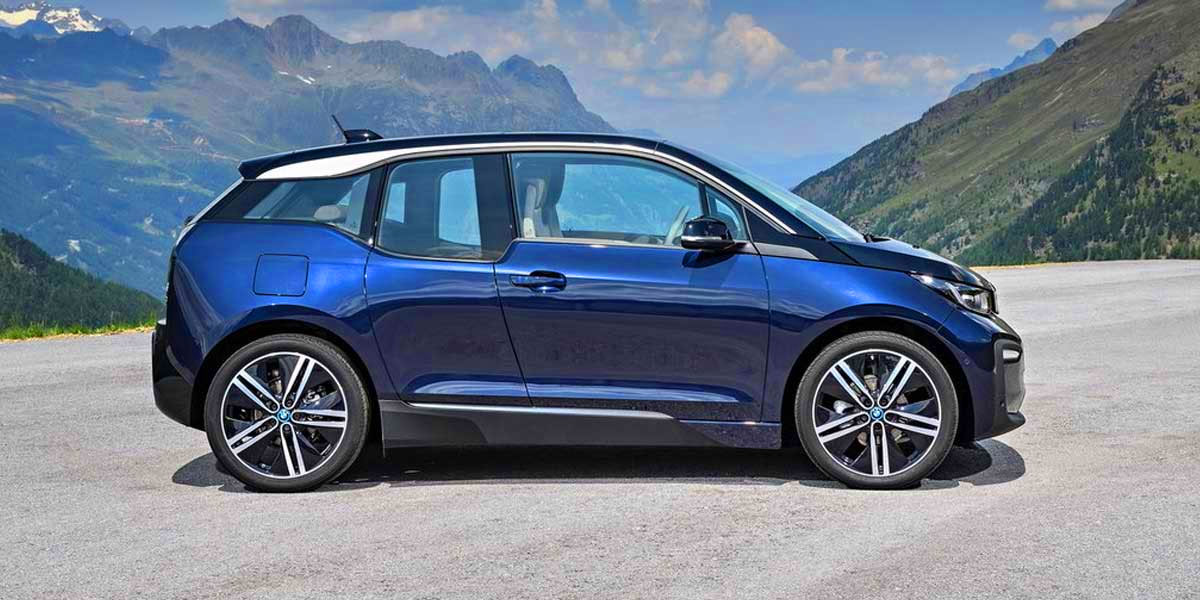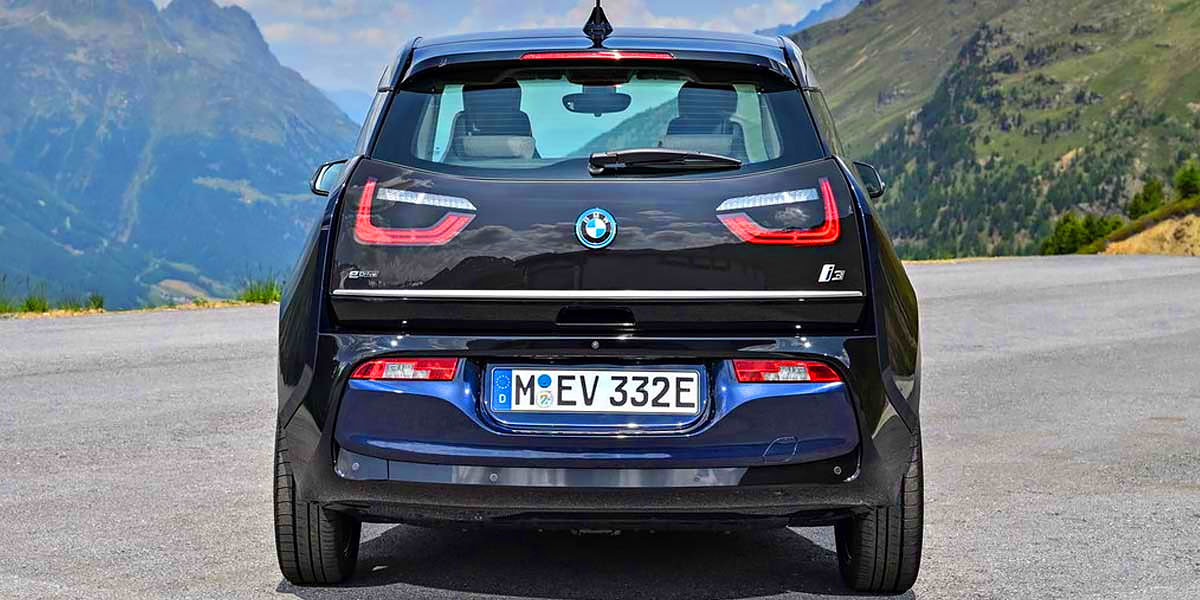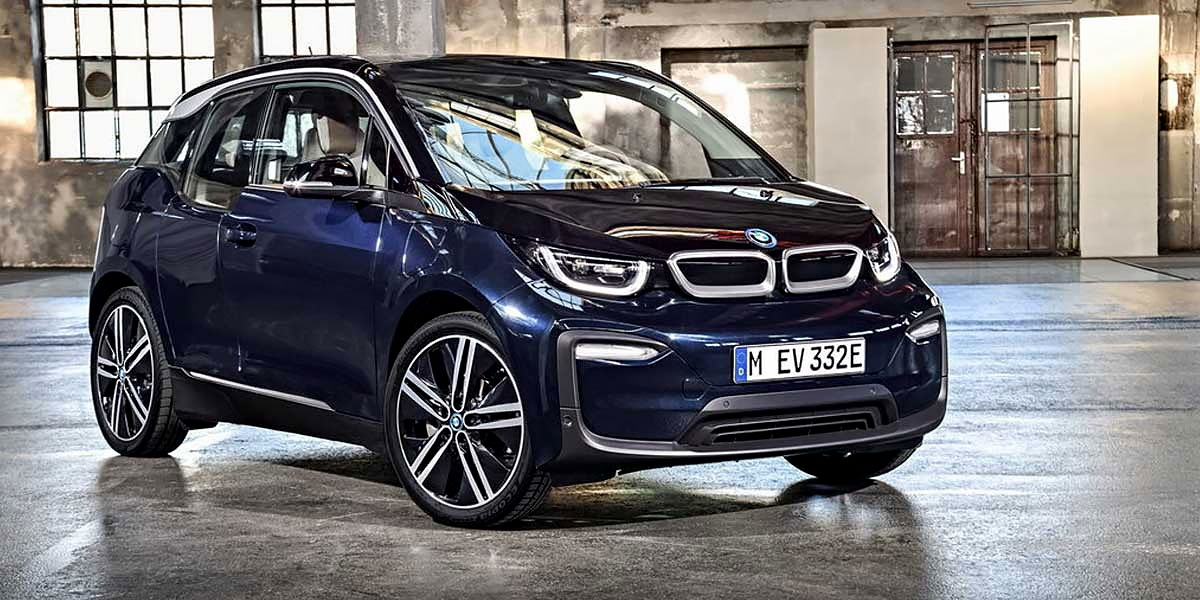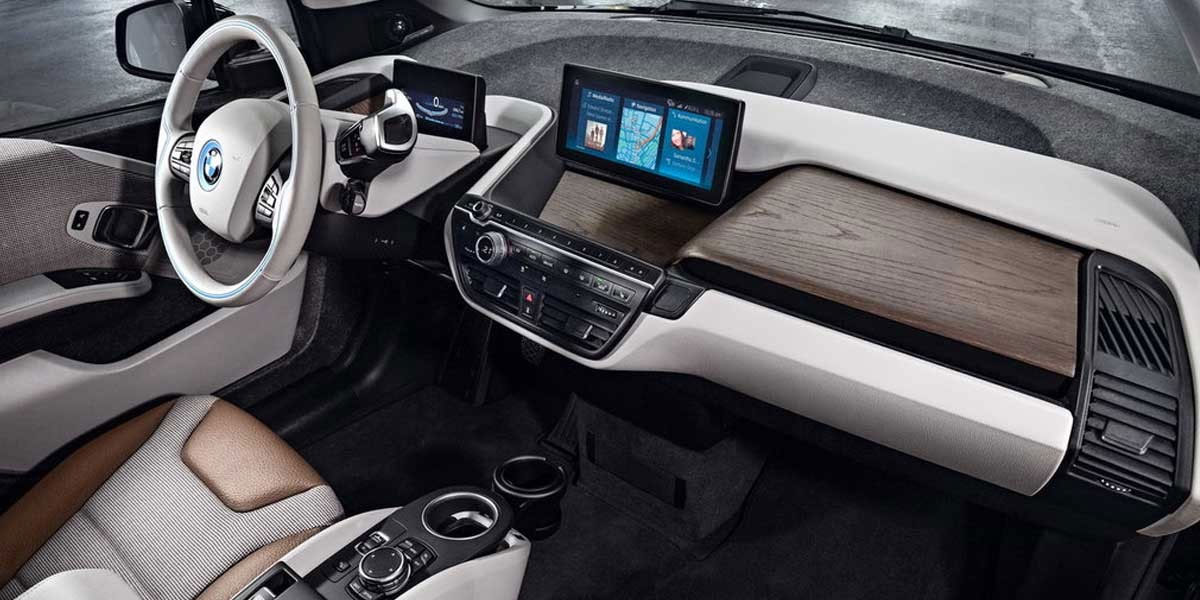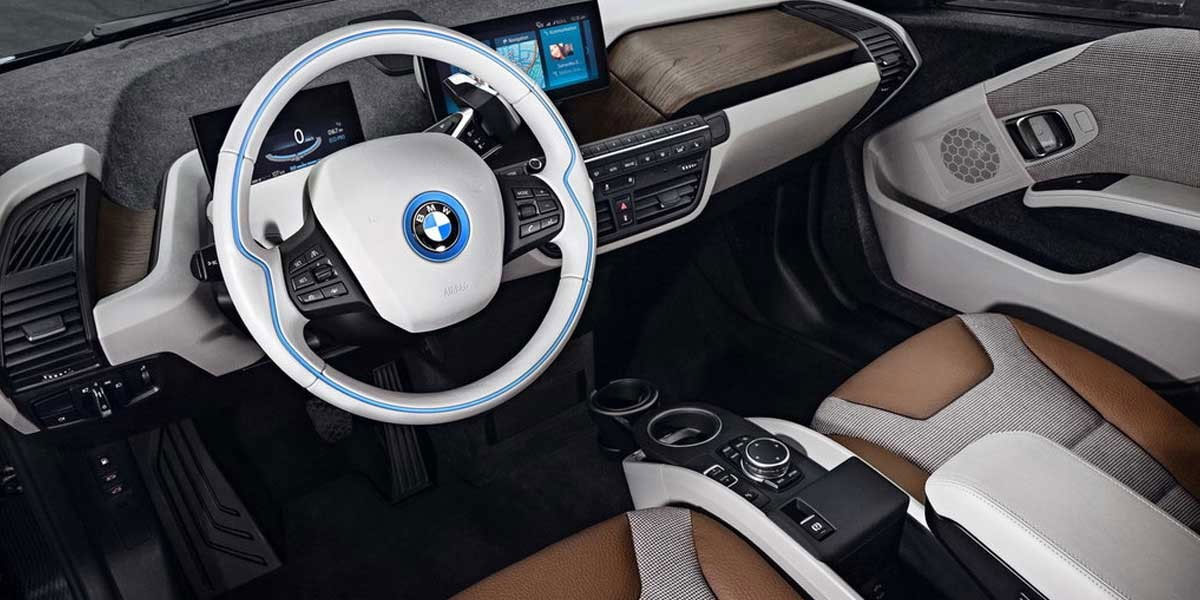BMW i3 170 hp
User Rating: 4.50 / 5





The BMW i3 170 hp is a compact rear-wheel-drive electric hatchback with 170 hp, a 42.2 kWh battery, 290 km (180 mi) range, and 0–100 km/h in 7.3s. Priced at $45,000 (€41,850), it’s built for urban electric mobility with premium flair.
Starting price: US$ 45000 *
Technical Specifications:
| manufactured in | Germany |
| model year | 2018 |
| electric range (km) | 290 |
| battery (kWh) | 42.2 |
| max. speed (km/h) | 150 |
| 0 to 100 km/h (sec) | 7.3 |
| power (h.p.) | 170 |
| car type | hatchback / 5 doors |
| drive type | RWD |
* Minimum price set by the manufacturer, excluding taxes and additional options
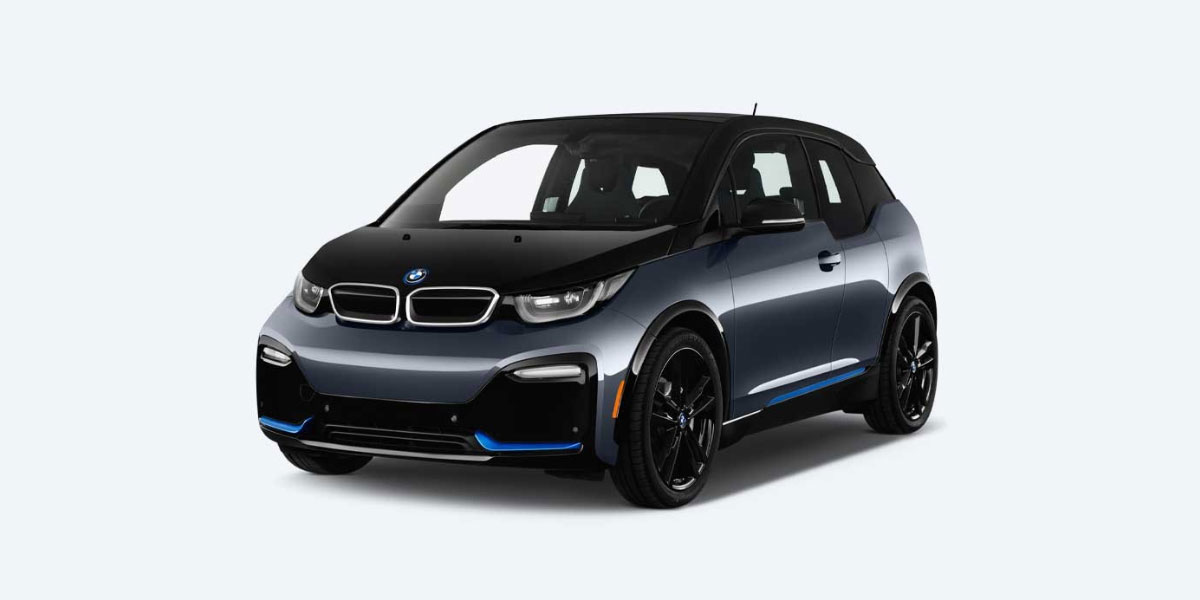
Exterior and Interior photos of BMW i3 170 hp
BMW i3 170 hp Review
i3 170 hp: BMW’s Premium EV Built for Urban Life
Launched in 2018, the BMW i3 170 hp offers an upscale take on the city EV segment. Built in Germany, this compact hatchback brings together clean electric mobility, rear-wheel-drive agility, and BMW’s signature luxury—all for $45,000 (€41,850). It’s ideal for those seeking a daily driver with zero emissions and maximum personality.
- Manufactured in Germany, blending efficiency and craftsmanship into a compact package.
- Sales began in 2018, marking BMW’s early commitment to the electric future with urban utility in mind.
- Starting price of $45,000 (€41,850) makes it a refined option for eco-conscious drivers seeking quality over quantity.
i3 170 hp specs: Balanced Performance with Everyday Practicality
Battery and Range
The 42.2 kWh battery delivers up to 290 km (180 miles) of real-world range—ideal for commutes and city cruising. Whether you're zipping around town or taking a short weekend trip, this BMW keeps the energy high and the emissions low.
- Battery capacity: 42.2 kWh
- Range: 290 km (180 mi) WLTP
- Charging: Compatible with standard and DC fast-charging
Performance
The i3 170 hp delivers brisk acceleration, reaching 0 to 100 km/h in 7.3 seconds. Rear-wheel drive adds to the fun factor, giving it true BMW handling characteristics. The top speed of 150 km/h (93 mph) is more than enough for its urban-oriented design.
- Power: 170 hp (127 kW)
- 0–100 km/h: 7.3 seconds
- Top speed: 150 km/h (93 mph)
- Drive type: Rear-Wheel Drive (RWD)
It’s a nimble electric hatchback made for tight streets, quick take-offs, and efficient maneuvering.
Exterior and Interior of the i3 170 hp
Exterior
With its U-shaped LED lighting, compact footprint, and futuristic black belt design, the i3 turns heads without trying too hard. Aerodynamic alloy wheels and short overhangs enhance both style and function—perfect for weaving through traffic or tucking into tight parking spots.
Interior
Inside, BMW’s sustainable design ethos shines. The cabin blends natural and recycled materials into a minimalist yet upscale environment. With room for four, a floating infotainment display, and smart navigation, the i3 is as tech-forward as it is eco-aware.
Pros and Cons
Pros
- Eco-friendly design using sustainable materials
- Rear-wheel-drive handling in a compact EV
- Quick acceleration for city driving (0–100 km/h in 7.3s)
- Premium interior finish and intuitive tech
- Fast-charging support for everyday convenience
Cons
- 42.2 kWh battery limits longer-distance capability
- Four-seat layout restricts family use
- No AWD option
- Styling may not appeal to traditional buyers
- Higher price than some rivals with more range
Conclusion: Is the i3 170 hp the Right Urban EV for You?
If you’re looking for a compact electric vehicle with BMW DNA, the i3 170 hp hits the mark. With rear-wheel-drive charm, sustainable luxury, and smart performance, it’s an ideal urban commuter that doesn’t compromise comfort or credibility. For drivers who value agility and originality, the i3 170 hp stands tall in a sea of sameness.
Manufacturer: BMW
Watch the Video Overview
Comparison:
The BMW i3 170 hp sits in the same electric compact segment as the Renault Zoe, Mini Cooper SE, Fiat 500e, and Honda e. Here’s how it measures up on performance, range, and price.
Range
The i3 delivers 290 km (180 mi), beating the Mini SE (234 km), Honda e (210 km), and Fiat 500e (250 km), but slightly trailing the Renault Zoe (395 km).
Acceleration
At 0–100 km/h in 7.3 seconds, the i3 edges ahead of the Fiat (9.0 sec), Honda (8.3 sec), and Zoe (9.5 sec), and is nearly tied with the Mini SE (7.3 sec).
Power
The i3 offers 170 hp, compared to Mini SE (181 hp), Fiat 500e (117 hp), Zoe (135 hp), and Honda e (152 hp). It maintains a strong position among compact EVs.
Charging Time
The i3 supports DC fast charging at up to 50 kW. Zoe offers up to 50 kW, Mini and Honda both up to 50 kW, and Fiat leads with 85–100 kW charging.
Price
At $45,000 (€41,850), the i3 is on the higher end of the segment. Fiat 500e and Zoe both start around $33,000–$36,000, while the Mini SE sits at $40,000 and the Honda e around $38,000. BMW positions the i3 as a premium urban EV alternative.
F.A.Q.:
What is the range on a single charge?
The BMW i3 170 hp offers up to 290 km (180 miles) of range from its 42.2 kWh battery pack.
How long does it take to charge?
Using a DC fast charger, it reaches 80% in about 40 minutes. A full charge on Level 2 takes around 10 hours.
What is the battery capacity?
The i3 170 hp features a 42.2 kWh lithium-ion battery, designed for daily city and short-trip driving.
What is top speed?
Top speed is 150 km/h (93 mph), making it well-suited for city and highway driving alike.
What is total power output?
The i3 170 hp delivers 170 horsepower (127 kW) and instant electric torque through RWD.
What is the price of a i3 170 hp?
The starting price is $45,000 (€41,850), offering German-engineered luxury in a compact EV format.
How fast does it accelerate?
It accelerates from 0 to 100 km/h in 7.3 seconds—quick enough for confident merging and overtaking.
Is the i3 170 hp practical for families?
It’s ideal for singles or couples, but the four-seat layout and smaller cabin limit family practicality.
Is it made from eco-friendly materials?
Yes, it uses recycled plastics, eucalyptus wood, and natural fibers throughout the interior.
Does it support fast charging?
Yes, it supports DC fast charging, allowing rapid top-ups while out and about.

